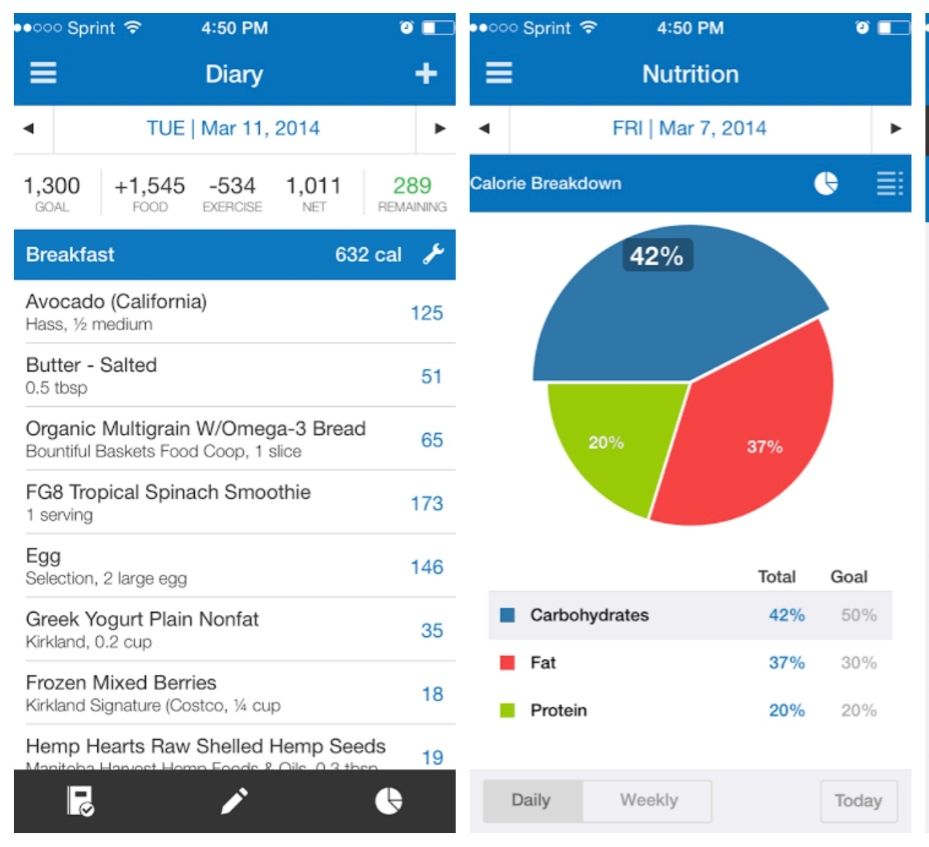Weight loss: how to change your body composition
- Laurent Fournier

- Oct 13, 2019
- 3 min read
Updated: Dec 1, 2022
In our modern society, we see a huge increase in weight gain. Partly due to less physical activities and convenient, palatable, calorie dense food.
If you, like me and many other individuals, want to lose weight here’s an introduction to how it works.
First of all, we need to understand the law of thermodynamics… Nothing complicated don’t worry. Simply put, you’ve got energy coming in (food) and energy coming out (physical activities).
In order to lose weight (or gain weight for that matter) you need to shift this equilibrium. Eat more to gain weight, eat less to lose weight.
One might say, move more to lose weight! True it is indeed possible, however, the body is smarter than you think, the more you do an activity the better your body gets at it and in the long run, it will consume less energy making it harder to lose weight.
The best choice we’ve got in our hands is to focus on nutrition and create a caloric deficit to lose weight, without neglecting physical activities.
To achieve such a thing, we need to focus on 3 points:
Part 1: Know what you put into your body
In order to change the outcome, you need to know the income.
The first step is to be aware of what food you put into your body.
We cannot lose weight (and keep it under control) without this crucial step.
On this note, I would advise watching “secret eater” ep.01. (Link)
Two things that might help you be accountable for your food intake.
MyFitnessPal
Food diary
Obviously this can work only if you're honest with yourself.
The more accurate you are with your food intake the better it will be to know what to change. Record everything you eat in the exact amounts.
Part 2: Create the calorie deficit - Macro or portion sizes
Following on the scale analogy, you now know in order to lose weight we need to create a calorie deficit and stay consistent in it.
For that, there are two solutions I have been experimenting with me and with my clients.
Using Myfitnesspal can be a good tool to keep track of your caloric deficit and will keep you honest.
It can be time-consuming at first but once the learning curve is passed, it becomes quick & easy to use.
Portion size is another option for those who do not want to use an app.
In order to achieve the calorie deficit, you can use these options to reduce your portion sizes:
Smaller plates
Using your hands!
Here’s an article from Precision Nutrition that goes more into detail about portion size control: https://www.precisionnutrition.com/calorie-control-guide-infographic
Part 3: Keep track
Once you have the past two points under control is time to make sure you stay on track.
Use a scale to weigh yourself at least on a weekly basis.
Aim for ~1% body weight loss for a sustainable calorie deficit while keeping your lean body mass (your muscles).
Use a measuring tape to control your hip and waist changes (or any other area you want to see a result 💪)
This will help you to make sure your new nutritional habits are going in the right direction. If not, and with a good awareness of your food intake, you’ll know what to change.
Conclusion
To change your body shape you need to control what you eat.
To lose weight a calorie deficit is required.
You have different tools at your disposal, choose one and stick with it for a while.
Weigh yourself every week to make sure you're still on track.
With that in mind, be consistent and be patient. Give yourself ~3 months to see significant results.

















Comments